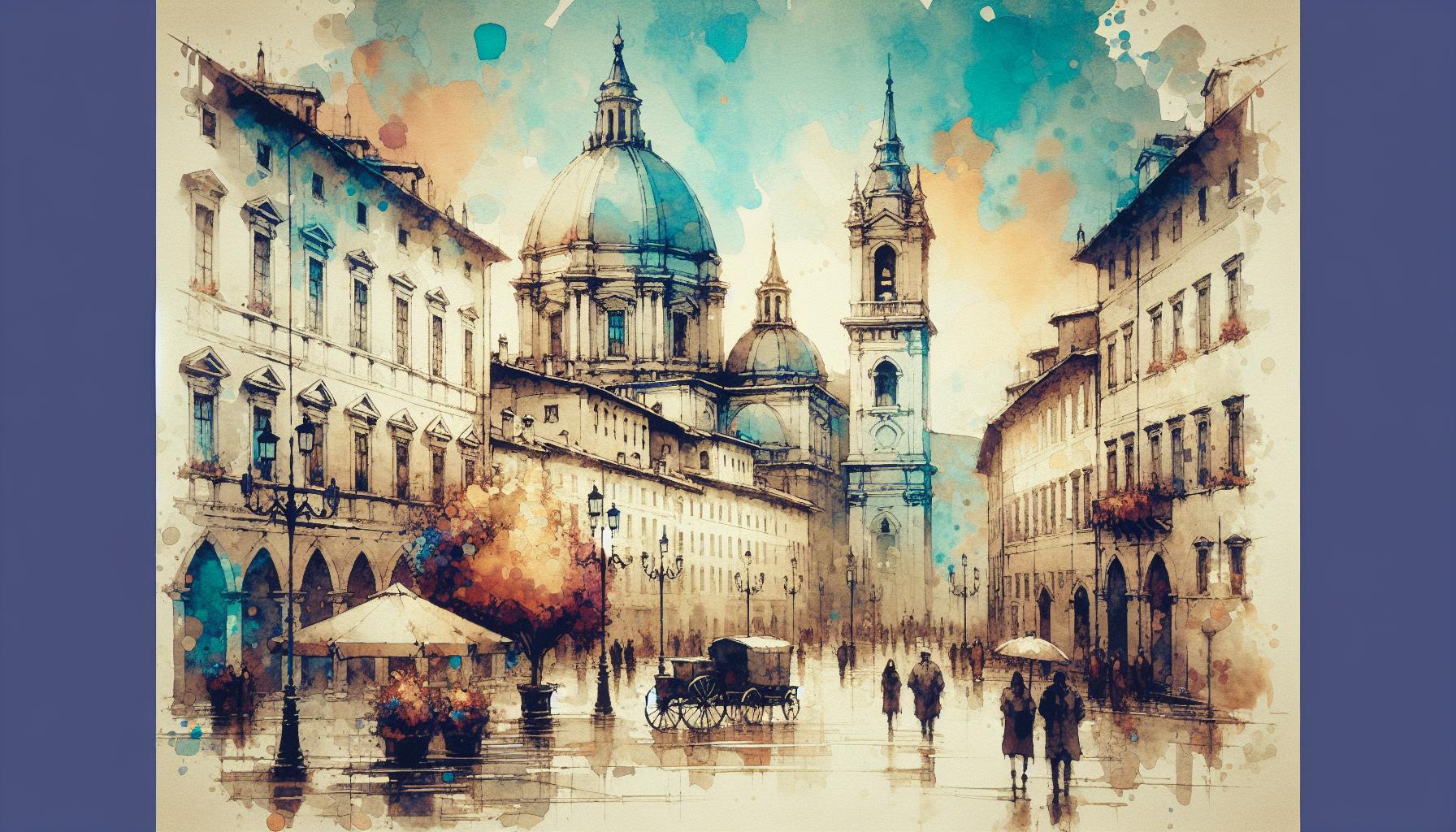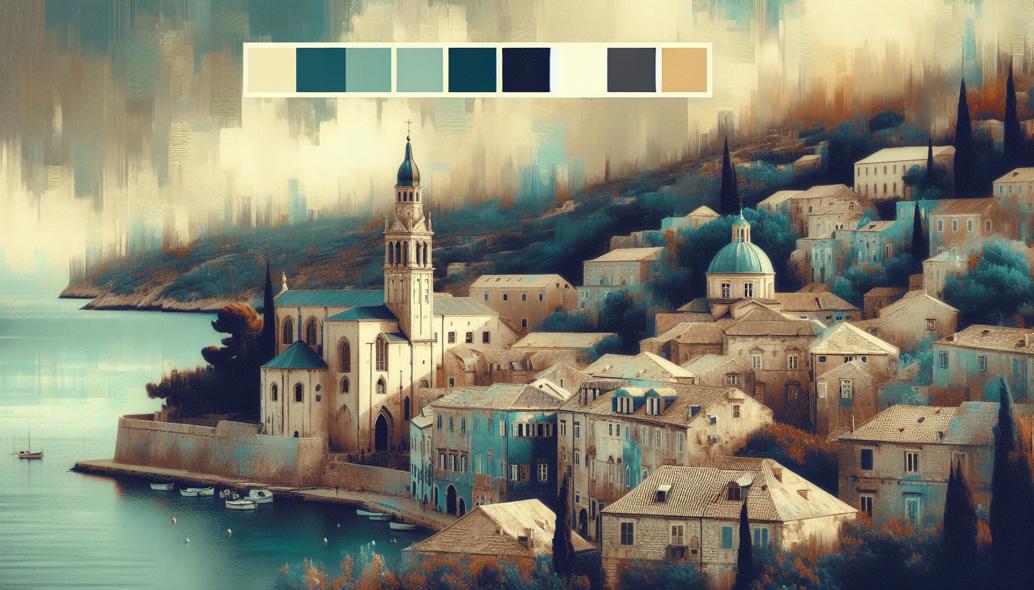Enhancing Watercolor Artistry - Mastering Light and Color
Unlock the secrets to elevating your watercolor artistry by mastering light and color. Learn advanced techniques that bring depth, luminosity, and sophistication to your paintings, transforming them into captivating masterpieces. Dive into this essential guide today!

Enhancing Watercolor Artistry: Mastering Light and Color
Watercolor painting is a realm of boundless creativity and subtlety, where light and color play pivotal roles in bringing a piece to life. Whether you're striving to achieve greater depth, luminosity, or a more sophisticated understanding of your medium, the mastery of light and color is essential. As an accomplished watercolorist, I'm here to delve into advanced techniques to elevate your artistry.
Watercolor Techniques for Light and Color
Understanding Light Manipulation
The key to making your watercolor paintings stand out is the effective manipulation of light. Begin by observing how light interacts with different elements in real life. Notice the subtleties in shadows, highlights, and reflections. In your art, you can recreate these effects through a combination of techniques:
- Layering and Glazing: One of the quintessential techniques in watercolor painting is layering. By applying multiple transparent washes, you can achieve a build-up of color that mimics the natural effects of light penetrating through layers. For instance, a bright, sunlit field can be achieved by starting with light yellow washes and progressively adding green, and perhaps even a touch of blue, for depth.
- Negative Painting: This technique involves painting around the subject to create the appearance of light and form. It’s exceptional for capturing light edges and intricate details in highly luminous scenes.
Advanced Painting Techniques
- Wet-on-Wet: This technique involves applying wet paint onto a wet surface, allowing the colors to blend naturally and creating soft edges and gradients. It’s particularly useful for painting skies and large areas of light.
- Dry Brushing: For more texture and control, dry brushing involves using a relatively dry brush to add fine details and create a sense of texture and dimension. This can highlight areas where light hits a subject, such as the sparkling surface of a stream or the rough texture of tree bark.
The Role of Color Theory
Harmonizing Colors
For achieving harmony and balance in your painting, an understanding of color theory is indispensable. Harmonizing colors means choosing a palette that works well together to enhance the overall composition.
- Analogous Colors: These are colors that sit next to each other on the color wheel and typically blend well, creating serene and comfortable designs.
- Complementary Colors: These colors are opposite each other on the color wheel and create high contrast, making each other pop. Use them to draw attention to your focal points.

Using Color to Achieve Depth
- Warm and Cool Colors: Warm colors (reds, oranges, yellows) tend to advance, while cool colors (blues, greens, purples) tend to recede. This can be harnessed to create depth in your paintings. For instance, foreground elements can be painted with warmer tones, while cooler tones can be used for elements in the distance.
- Value and Contrast: Value refers to the lightness or darkness of a color. Employing a range of values can help in creating depth and interest. High-contrast areas will appear more dynamic and closer to the viewer, whereas low-contrast areas might appear more subtle and recede into the background.
Creating Luminosity in Watercolor
Using Transparent and Opaque Colors
- Transparent Colors: These are crucial for achieving luminosity, as they allow light to pass through and reflect off the paper. Translucent washes can create glowing effects that are difficult to achieve with other mediums.
- Opaque Colors: Used sparingly, opaque colors can provide punch and vibrancy. However, overuse can dull the luminosity as they tend to cover rather than build up light. A careful balance between transparent and opaque colors is essential.
Glazing for Luminosity
- Multiple Glazes: Building up multiple light glazes can mimic the way light filters through layers, creating a luminous effect. A sequence of glazes can produce a shimmering, almost ethereal quality, especially effective for subjects like water, skies, and flowers.
Conclusion
Mastering light and color in watercolor is a journey that transforms your paintings from mere depictions to captivating experiences. By understanding and applying advanced techniques in light manipulation, color theory, and painting processes, you can achieve greater depth, luminosity, and sophistication in your artwork. Dive into these methods with patience and practice, and watch as your watercolor artistry flourishes into fine art. Whether you're an emerging artist or a seasoned professional, these insights will undoubtedly enhance your creative expression and technical prowess.
Discover the magic of watercolor and let the dance of light and color on paper narrate your artistic story.
